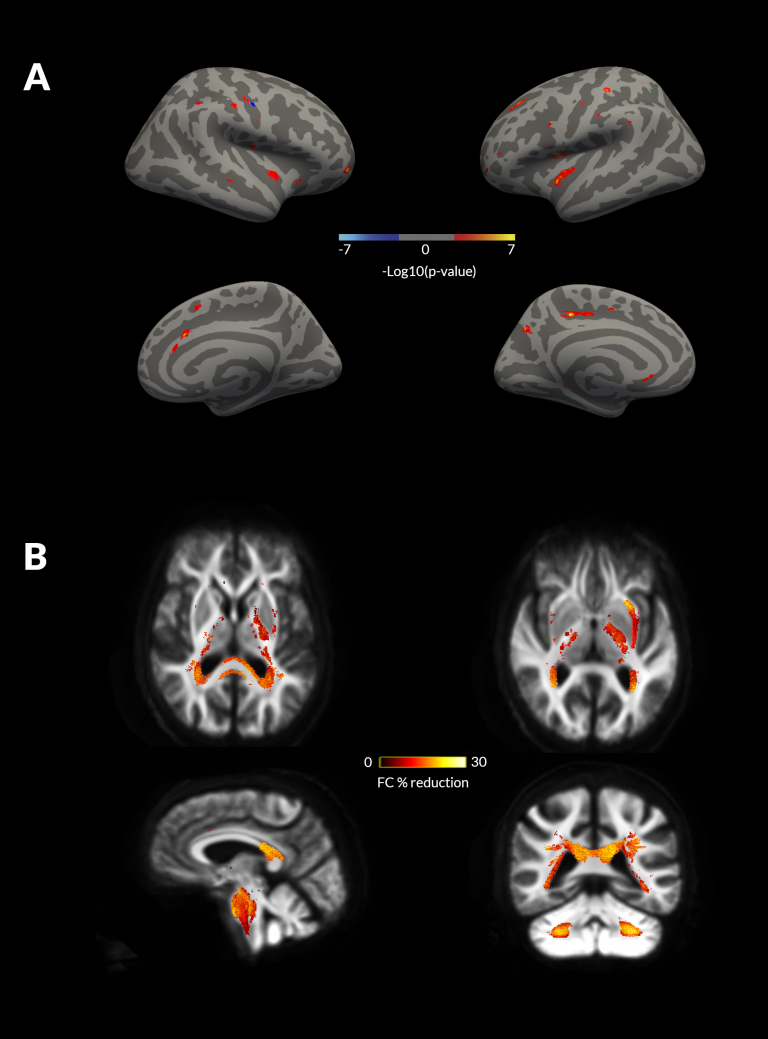New study reveals causes of visual hallucinations in Parkinson’s disease
5 October 2021
A new study led by Dr Angeliki Zarkali from UCL Queen Square Institute of Neurology reveals the specific changes in the brain that cause visual hallucinations in people with Parkinson’s disease.

The study, published in the Journal of Neurology, Neurosurgery & Psychiatry, found that a specific region of the thalamus exhibits structural changes in the wiring of the brain in patients with Parkinson’s who experience hallucinations. These changes occur a long time before any cell loss, which can be measured by a reduction in brain volume, are detected.
Visual hallucinations are common in Parkinson’s disease and are associated with worse outcomes but the mechanisms for why they occur are unclear. The research enables us to understand the cause of the hallucinations.
Specifically, the findings show that the brain wiring changes between the thalamus and other regions of the brain. By providing mechanistic insights into the drivers of network imbalance in Parkinson’s hallucinations, the research will help identify potential therapeutic targets.
The thalamus is a key region for pushing the brain into different functional states and the findings suggest that brain wiring techniques could reveal more than is currently known when applied to hallucinations related to Parkinson’s.
The researchers examined longitudinal white and grey matter changes over 18 months in 76 patients with Parkinson’s disease, 15 of whom suffered from hallucinations. They found that changes in brain wiring in people who have Parkinson’s disease and experience visual hallucinations can be detected 18 months before any changes in brain volume.

Lead author Dr Angeliki Zarkali said: “This study helps us understand why hallucinations happen in Parkinson’s disease and will hopefully contribute to the development of future treatments. As the thalamus is critical in controlling cortical networks, structural thalamic changes could underlie dysfunction in the hallucinations some people with Parkinson’s disease experience.”
Senior author, Dr Rimona Weil from the UCL Queen Square Institute of Neurology said: “Visual hallucinations are common in Parkinson’s disease but they are poorly understood and can be challenging to treat. By showing the importance of the thalamus in Parkinson’s hallucinations this study helps us understand how they happen and may point to new treatments in the future”.
Related
- Longitudinal thalamic white and grey matter changes associated with visual hallucinations in Parkinson’s disease
- Dr Angeliki Zarkali’s UCL IRIS profile
- Dr Rimona Weil's UCL IRIS profile
- UCL Queen Square Institute of Neurology
Main image by DesignerVN on Unsplash
 Close
Close

